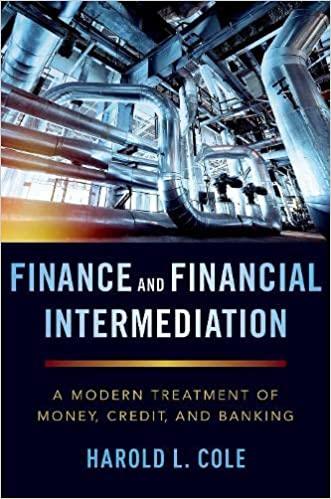Question
Interest rates are at their lowest point in 50 years. Yet the use of debt financing by corporations is declining this happens anyway in recession.
Interest rates are at their lowest point in 50 years. Yet the use of debt financing by corporations is declining this happens anyway in recession. And some deleveraging is due to strategic changes in an industry, such as technological innovation or other developments that increase business risk. But corporate deleveraging seems to have gone too far. CEOs are missing valuable opportunities to create value for their shareholders in extreme case you have mature firms who use no debt at all! Take WWJ Company for instance. It has a leading market share in a stable low-technology business it makes chewing gum and yet has no debt. I bet that if we could persuade WWJ sport to do a leveraged recapitalisation through a dividend or major share purchase, we could create significant new value. Blake, please run some numbers on the potential change in value. And get me the names and phone numbers of all of WW Jays directors.
With these words, Michael asked you to initiate the research for a potential investment in company named WWJ. The operation model for Clark Asset Management is to identify opportunities for a corporation to restructure, invest significantly in the stock of the target firm, and then undertake a process of persuading management and directors to restructure.
You noted that WWJs market value of common equity was about $13.1 billion. You also discussed with Michael the current capital-market conditions and decided to focus on the assumption that WWJ could borrow $3 billion at a credit rating of AAA with a yield of 9.31% in the current market.
WWJ company overview
WWJ was the worlds largest manufacturer and a distributor of chewing gum. The firms industry, branded consumer foods and candy was intensely competitive and was dominated by a few large players. Its revenues had grown at an annual compound rate of 13% and earnings at 10% reflecting the introduction of new products and foreign expansion (Exhibit 1: Income Statement in Excel). Historically, the firm had been conservatively financed. At the end of 2021, it had total assets of $1.66 billion and no long-term debt (Exhibit 2: Balance Sheet in Excel). WWJs stock price (Exhibit 4: Other Information in Excel) had significantly outperformed the S&P 500 composite index and was running slightly ahead of its industry index.
Estimating the effect of leveraged recapitalization
Under the proposed leveraged recapitalisation, WWJ would borrow $3 billion and use it either to pay an equivalent dividend or to re-purchase an equivalent value of shares. You knew that this combination of actions could affect the firms share value, cost of capital, debt coverage, and earnings per share. Accordingly, you thought to evaluate the effect of the capitalisation on these areas.
Question 4 (Q4) Impact of leverage on EPS
You use sensitivity analysis to examine the effect on earnings per share (EPS) of issuing $3 billion of new debt and using the proceeds to repurchase existing shares or pay a special dividend. The worst case is where EBIT drops by $400 million, and the best case is where EBIT increases by $400 million, from the current level. What do you conclude from this analysis? Should WWJ go with share repurchase or dividend?
Complete the tables in Excel spreadsheet Q4 EBIT vs EPS.
Draw a chart using EBIT against EPS of share repurchase and EPS of dividend. (Paste the chart in appendix.)
Show workings.
Step by Step Solution
There are 3 Steps involved in it
Step: 1

Get Instant Access to Expert-Tailored Solutions
See step-by-step solutions with expert insights and AI powered tools for academic success
Step: 2

Step: 3

Ace Your Homework with AI
Get the answers you need in no time with our AI-driven, step-by-step assistance
Get Started


